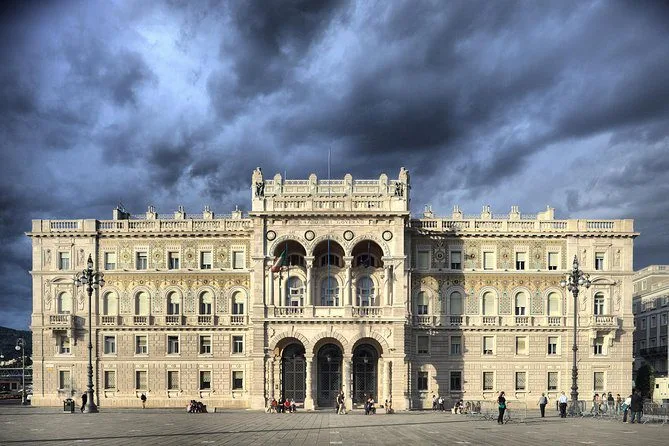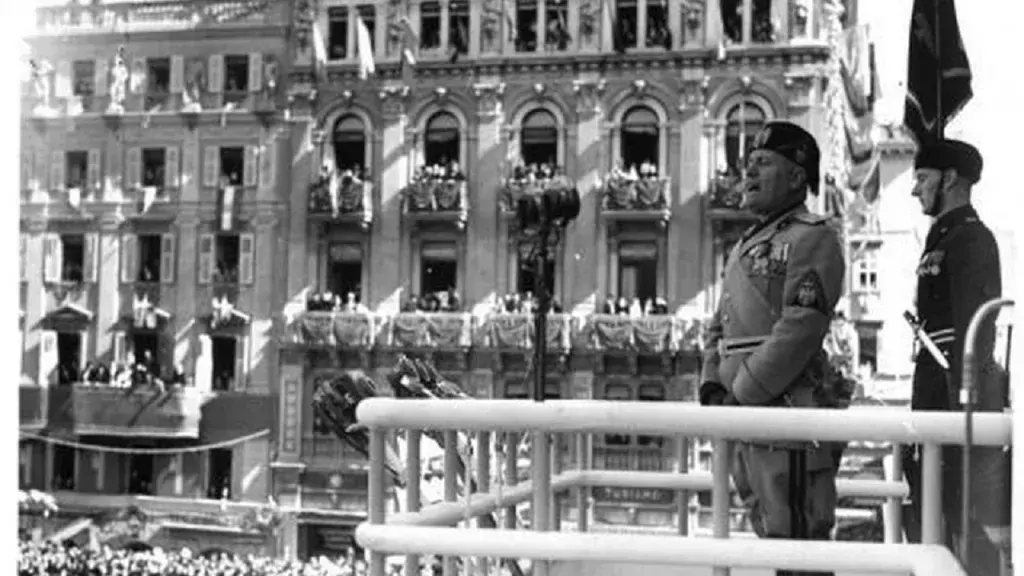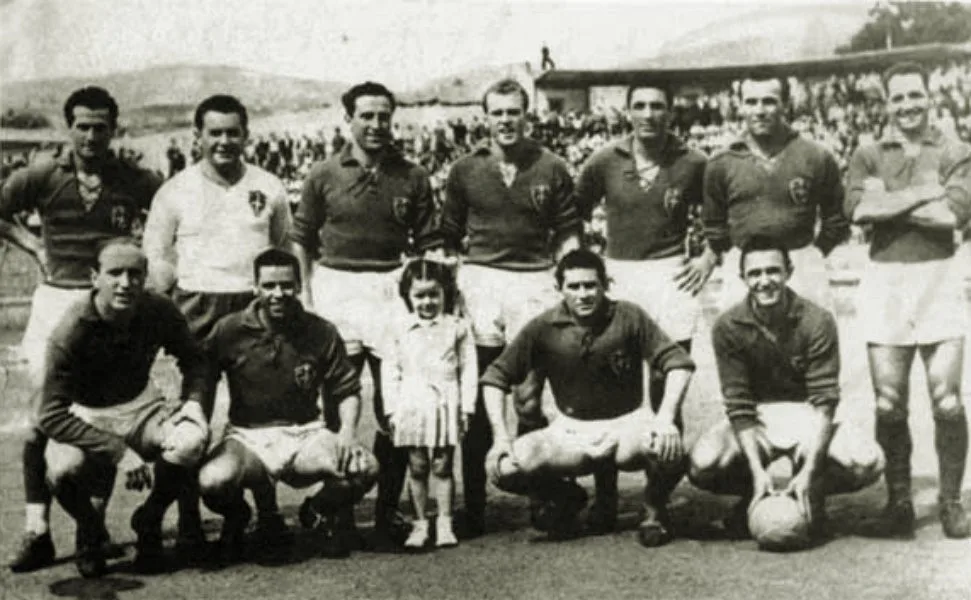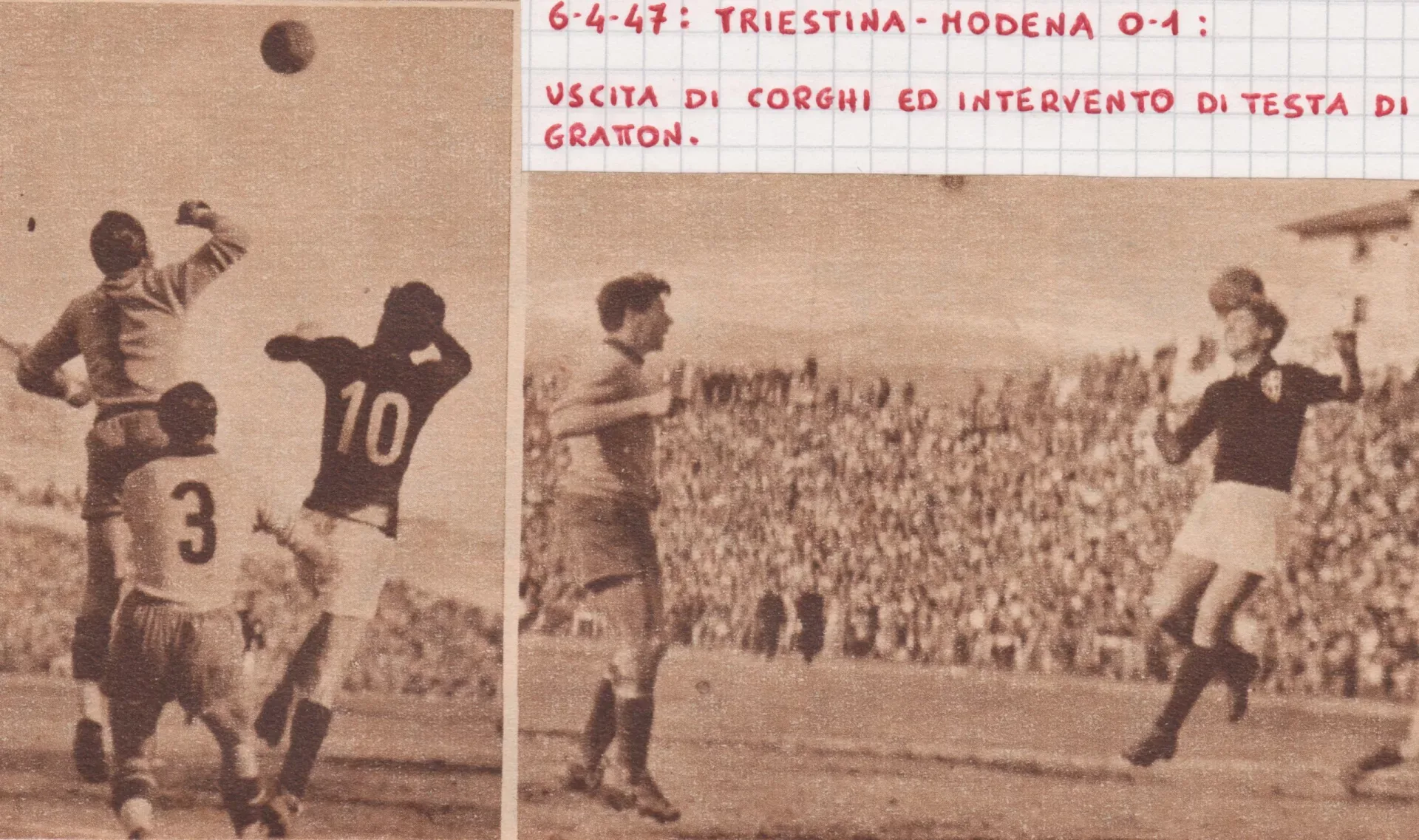Triestina: Too Important To Be Relegated
In modern football, it is a rare occurrence for a team to face relegation and subsequently be granted readmission to the top flight. Particularly within Europe’s top leagues. This seems to be more common in the lower divisions, where financial issues can cause clubs to fold due to administration. While this is a relatively rare phenomenon in England, it is a more frequent occurrence in Italy, particularly in the second and third divisions, where it seems to happen almost every year.

There is a story that revolves around Juventus’s demotion due to the Calciopoli scandal, but that story will have to wait for another time. Usually, when certain clubs go bankrupt, it results in the reinstatement of teams that were previously relegated. Yet, in the archives of Italian football, the reinstatement of Triestina is a truly remarkable event. The situation held significance due to the fact that it occurred in Serie A, not as a result of another team’s financial collapse but rather due to political, or more accurately, “patriotic” motives.
Trieste: A City Too Significant to Ignore
Trieste, a bustling city located along the beautiful Adriatic Sea, plays a crucial role in Italy’s as one of it’s most important ports. The city, once known as Tergeste and used as a military outpost, eventually fell under the control of the Patriarchate of Aquileia during the early mediaeval period. Frequent clashes with the neighbouring city of Venice resulted in the formation of alliances with Austria, ultimately resulting in its incorporation into the Austrian state in 1383.
The city remained relatively modest in size until 1719, when it was declared a free port, which led to a significant surge in growth and progress. The city experienced a significant increase in population due to the arrival of many immigrants, particularly Italians (especially those from Venice) and, to a lesser extent, Slovenes. In the 19th century, as the Kingdom of Italy was being unified, Trieste emerged as the main port of the Habsburg Empire. The city boasted a population that was predominantly Italian, with a smaller Slovene community, with Italians outnumbering Slovenians 3 to 1. Trieste became a significant focal point for Italian irredentism.

Italy made a significant decision on May 24, 1915, when it declared war on Austria-Hungary. This bold act marked Italy’s entry into World War I, aligning itself with the Allies, which included Britain, France, and Russia. The guarantees Italy received in the April 1915 Treaty of London were a major factor in its decision to join the Allies in the war. Italy would finally achieve its long-awaited goal of gaining control over the territory along its border with Austria-Hungary, extending from Trentino through the South Tyrol to Trieste.
Furthermore, the Allies made commitments to the Italians regarding certain territories. These included parts of Dalmatia and several islands along the Adriatic coast of Austria-Hungary, the Albanian port city of Vlore (known as Valona in Italian), a central protectorate in Albania, and some territory from the Ottoman Empire. Their aim was to annex Trieste and Trento. Following the conclusion of hostilities, the Austro-Hungarian Empire collapsed in 1918, leading to the incorporation of Trieste and other territories into Italy.
So you may be wondering right now: is this Attacking Football, or the history channel?
The Football Story: Unione Sportiva Triestina
Well, I understand that you may be growing sick of the historical background, but it is important to understand the context behind these events. Moving the conversation back to the world of football, let’s turn our attention to Unione Sportiva Triestina. A football club that was established on February 2, 1919, after the merger of two local clubs, “Ponziana” and “Foot-Ball Club Trieste,”. Throughout the existence of the unified Serie A, the newly merged club consistently finished in the mid-table standings and was relatively safe from relegation.

However, Mussolini’s belief that Italy could establish its dominance over Europe led to it joining Hitler and the Nazis in World War II in 1940. This marked a turning point in history, as they had joined the Axis of Evil. Italy, like many other nations, found itself on the losing side of the war by 1945. Nazi Germany and fascist Italy invaded Yugoslavia with the intention of annexing Trieste. But, as a result of the mistreatment of the city’s Slavic residents, initially Allied members of the Yugoslav Partisans’ 8th Dalmatian Corps took over most of the city. Following a period of prolonged tension, the 1947 Treaty of Paris was signed, which designated Trieste and its neighbouring regions as an independent entity, subject to a final resolution.
Triestina, meanwhile, made a comeback in the Italian football environment, while their cross-town rivals, Ponziana, competed in the Yugoslav league. Remarkably, both teams opted not to host their matches in Trieste throughout this time frame. Triestina secured their place in Serie A by finishing 8th in the Campionato Alta Italia during the post-war season. Tragically, the 1946–47 season proved to be an unexpected one for Triestina, as they finished in last place and were ultimately relegated. Ponziana, too, experienced a similar fate in the Yugoslav league but was later readmitted to the Prva Liga due to political considerations. In order to preserve the importance of Triestina’s matches in Trieste, the FIGC decided to reinstate them for the 1947–48 Serie A season, recognising the team’s symbolic significance for Italian sports fans.

Triestina, under the guidance of the honoured Nereo Rocco, defied all odds by clinching an impressive 2nd place finish in the 1947–48 season of Serie A. Only Torino, under Mazzola’s leadership, was able to stop them from winning the title. To this day, this is still the best result in history for the Trieste-based club. This accomplishment was not only a remarkable success for a side that should have been playing in the Serie B but also significant in terms of propaganda, seeing Triestina finish so high up the table after the war. It also gave the people of Trieste, with their Italian heritage, national pride again.
The Reincorporation of Trieste into Italy and Triestina’s Legacy
In 1953, Trieste was officially reincorporated into Italy, bringing an end to a long period of political and territorial contention. Nevertheless, Triestina’s football journey experienced both successes and setbacks in the aftermath of this era. The club experienced the threat of relegation to Serie B in 1957 and briefly made a comeback to Serie A in 1958. However, subsequent relegations signalled the end of their presence in Italy’s Serie A. Despite these setbacks, Triestina still holds an important place in history in the Serie A.
The story of Triestina is not just about football; the story is intricately connected to the political and cultural history of Trieste and Italy. The club’s journey through the highs and lows of Italian football, paralleled with the turbulent history of Trieste, makes it a unique story in the world of sports. Triestina, as we once knew it, may not exist nowadays due to relegation and bankruptcy. But its symbolic importance in Italian football history is a testament to the saying that some football clubs are indeed “too big to go down.”








